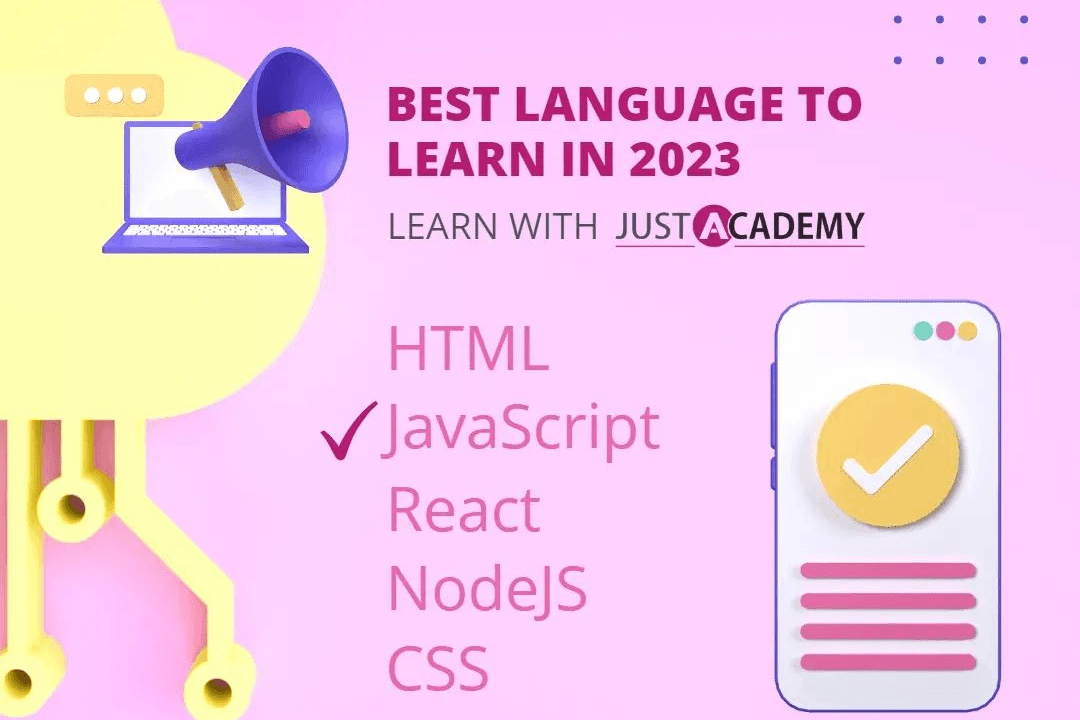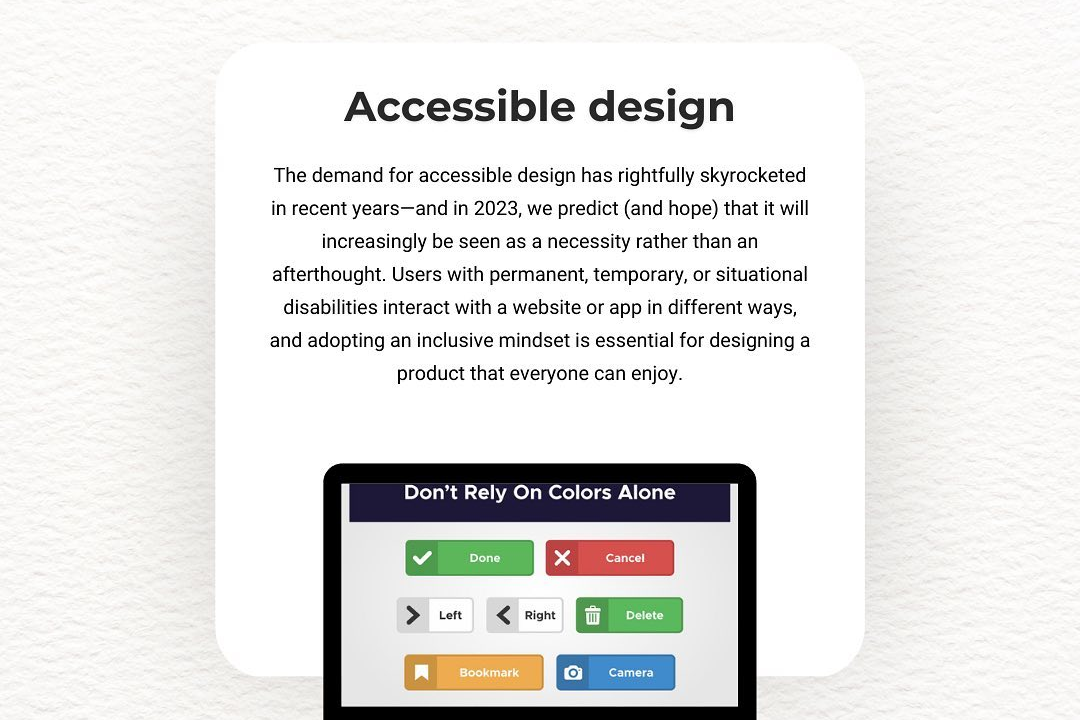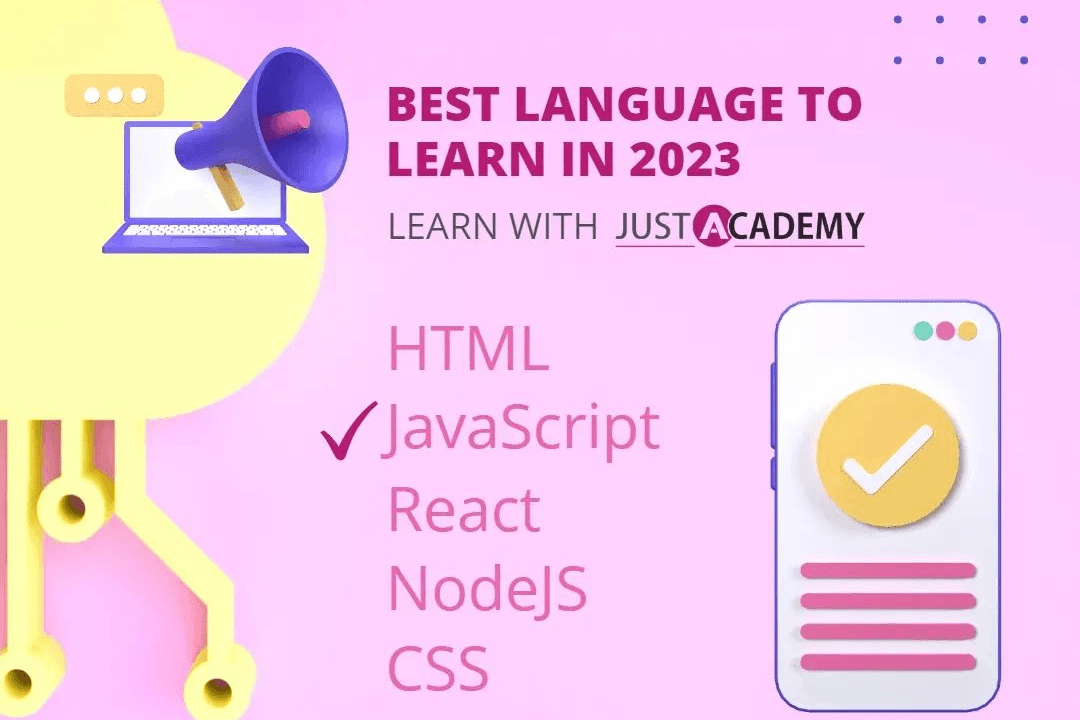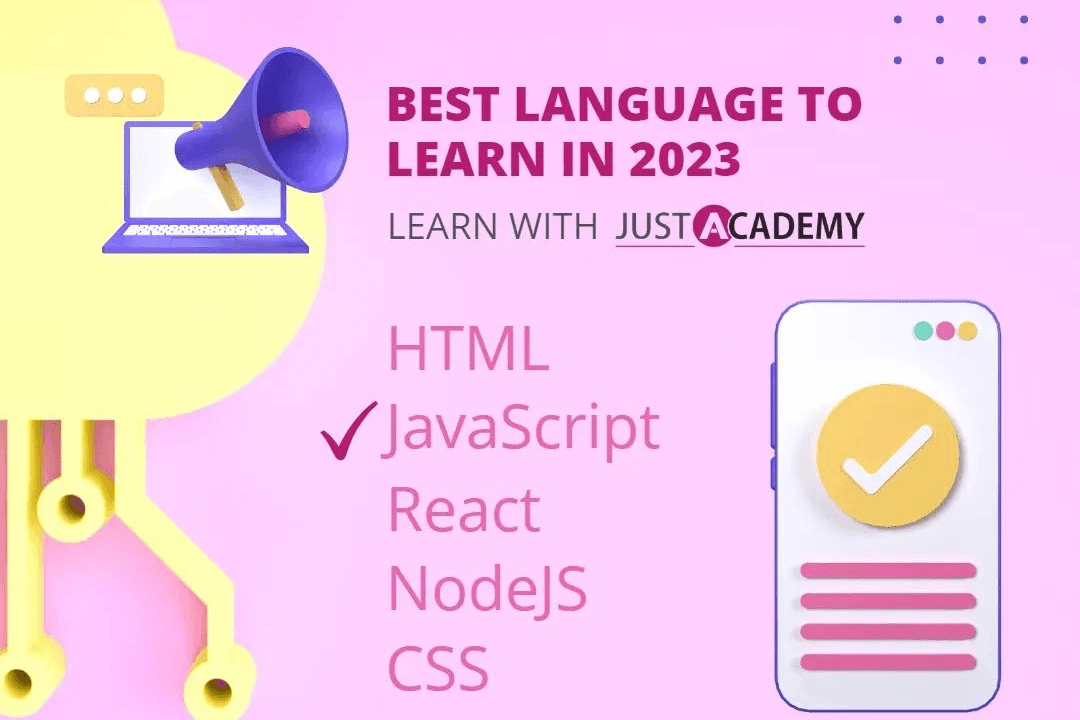Code Merging
Integrating Code: Best Practices for Merging
Code Merging
Code merging is the process of integrating changes from multiple developers or branches of code into a single unified codebase. It typically occurs in version control systems such as Git, where developers work simultaneously on different features or fixes in separate branches. When a branch is ready, its changes need to be combined with another branch, often the main or master branch. During this process, the version control system tries to automatically merge the changes, but conflicts may arise when changes overlap or contradict each other. Developers must then resolve these conflicts manually, ensuring that the final merged code maintains functionality and adheres to project standards. Effective code merging is crucial for collaboration in software development, enabling teams to work concurrently while maintaining a coherent code structure.
To Download Our Brochure: https://www.justacademy.co/download-brochure-for-free
Message us for more information: +91 9987184296
1 - Definition of Code Merging: Code merging is the process of integrating changes from different versions of code into a single unified version, often using version control systems.
2) Purpose of Code Merging: Merging is essential to combine contributions from multiple developers, ensuring that everyone’s changes are considered and incorporated.
3) Version Control Systems (VCS): Code merging typically involves systems like Git, Mercurial, or Subversion, which help manage changes over time and facilitate collaborative development.
4) Types of Merge: There are often two primary types of merges: fast forward merges (when the branch can be moved forward directly) and three way merges (when the two branches have diverged).
5) Merge Conflicts: Conflicts arise when changes from different developers overlap or contradict each other, necessitating manual resolution before completing the merge.
6) Conflict Resolution Strategies: Students should learn techniques like prioritizing changes, discussing with team members, or using tools to aid in resolving conflicts efficiently.
7) Merge Tools: Various software tools assist in merging code, such as Meld, Beyond Compare, and built in tools in IDEs, which visually show differences and support manual merging.
8) Branching Models: Understanding different branching strategies like Git Flow, feature branches, and trunk based development helps in organizing code changes effectively.
9) Best Practices for Merging: Regularly merging changes into the main branch helps reduce the complexity of the merge process and prevents extensive conflicts later.
10) Commit Messages: Good commit messages during merges improve documentation and provide context for changes, making it easier for others to understand the reason behind decisions.
11) Testing After Merging: It's crucial to run tests after merging to ensure that the integrated code works correctly and that no functionality has been broken.
12) Code Review Process: Implementing a code review process before merging can ensure quality and maintainability, as peers critique changes for best practices.
13) Continuous Integration (CI): Utilizing CI tools can automatically merge code changes and execute tests to ensure that merged code behaves as expected.
14) Rebasing vs. Merging: Students should understand the difference between rebasing (replaying changes) and merging (combining branches) as strategies for integrating code.
15) Impact on Project History: Merging affects the project’s commit history, and students should learn how to use commands like `git log` to analyze and understand the history of changes.
16) Collaboration and Communication: Effective communication among team members is crucial during code merging to resolve conflicts and articulate what changes have been made.
17) Versioning Policies: Establishing clear guidelines on when and how to merge code can help streamline processes and reduce friction in team dynamics.
18) Documentation: Keeping good documentation around the merging process and guidelines can help new members acclimatize to workflows and best practices.
By covering these points, students will have a comprehensive understanding of code merging, its significance in collaborative environments, and the practical skills needed to implement it effectively.
Browse our course links : https://www.justacademy.co/all-courses
To Join our FREE DEMO Session: Click Here
Contact Us for more info:
- Message us on Whatsapp: +91 9987184296
- Email id: info@justacademy.co
LiveData and ViewModel Training
Cheapest Free Online iOS Training in Chennai












